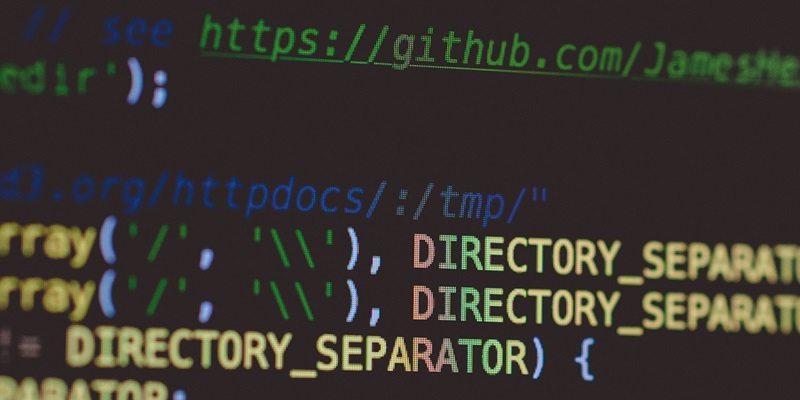Recent cybersecurity reports highlight a worrying trend in the digital threat landscape: Malware-as-a-Service (MaaS) is on the rise. This trend is not just about the frequency of attacks but their sophistication as well. Advanced malware loaders are increasingly used to circumvent standard security measures, delivering payloads that are tailored to exploit specific vulnerabilities within target systems. These loaders are designed to be modular, enabling attackers to update their malicious software easily without developing entirely new strains.
Cryptominers, too, are becoming a more prominent facet of MaaS, with attackers deploying these to covertly use the computing resources of compromised systems. The power and scale of distributed computing provided by infected networks make cryptomining a lucrative endeavor for cybercriminals, who benefit from the anonymous nature of cryptocurrency transactions.
Botnets and Information-Stealing Malware
As if sophisticated loaders were not menacing enough, botnets and information-stealing malware have also integrated into the MaaS ecosystem. Botnets, networks of compromised computers infected with malicious software, are used for various nefarious purposes: from massive distributed denial-of-service (DDoS) attacks to large-scale spam campaigns. The agility with which these botnets adapt to countermeasures is alarming, with operators constantly refining their control mechanisms based on continuous feedback from their attacks.
On the side of data breaches, information-stealing malware such as ViperSoftX presents a formidable danger. This particular strain exemplifies the new breed of malware, functioning both as a stealer and a Remote Access Trojan (RAT). It targets privileged information and employs sophisticated evasion techniques to remain undetected for prolonged periods, allowing it to siphon off vast amounts of valuable data.
The Evolution of Ransomware-as-a-Service (RaaS)
RaaS Market Diversification
Ransomware has perennially been at the forefront of cybersecurity discussions, but the landscape has recently undergone considerable transformations. The earlier part of 2023 witnessed the takedown of significant ransomware groups, leading to an inevitable diversification in the ransomware market. New players have emerged, such as ScamClub and AsyncRAT, signaling an evolution in the modus operandi of ransomware threat actors.
Moreover, the RaaS market is becoming increasingly sophisticated, with operators of these services now offering multifunctional malware kits. These kits often come with additional services, such as customer support and regular updates, mimicking legitimate software businesses. This approach lowers the barrier to entry for aspiring cybercriminals, which could lead to an increase in ransomware attacks.
Multi-functional Malware and Advanced Extortion Tactics
The growing complexity of extortion schemes is the next wave in the evolution of ransomware threats. RaaS offerings now include not just encryption capabilities but also data theft and DDoS attacks as part of their arsenal. Double and even triple extortion techniques, where attackers threaten to encrypt, steal, and release sensitive data, or attack an organization’s services concurrently, are increasingly adopted.
These sophisticated tactics embody the next stage of ransomware evolution, which enhances the attackers’ leverage over their victims. By diversifying their strategies, attackers can pressure organizations to pay ransoms under multiple threats instead of just data encryption. Such advancements in ransomware strategies underscore the need for businesses and individuals alike to bolster their cybersecurity postures through both technological and procedural refinements.

